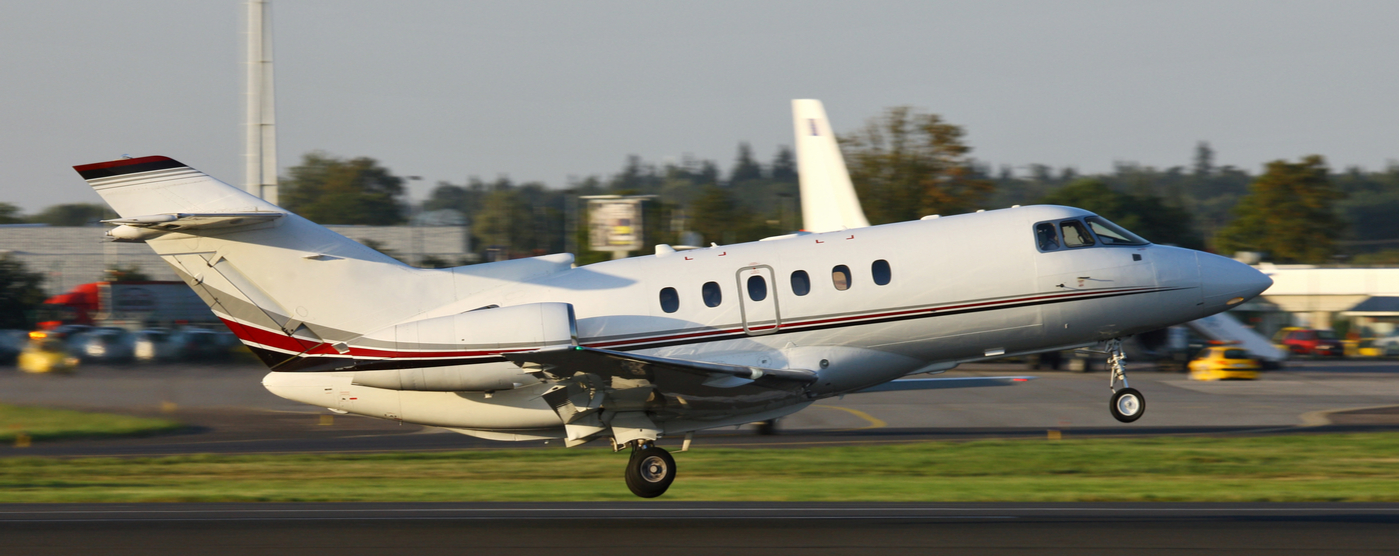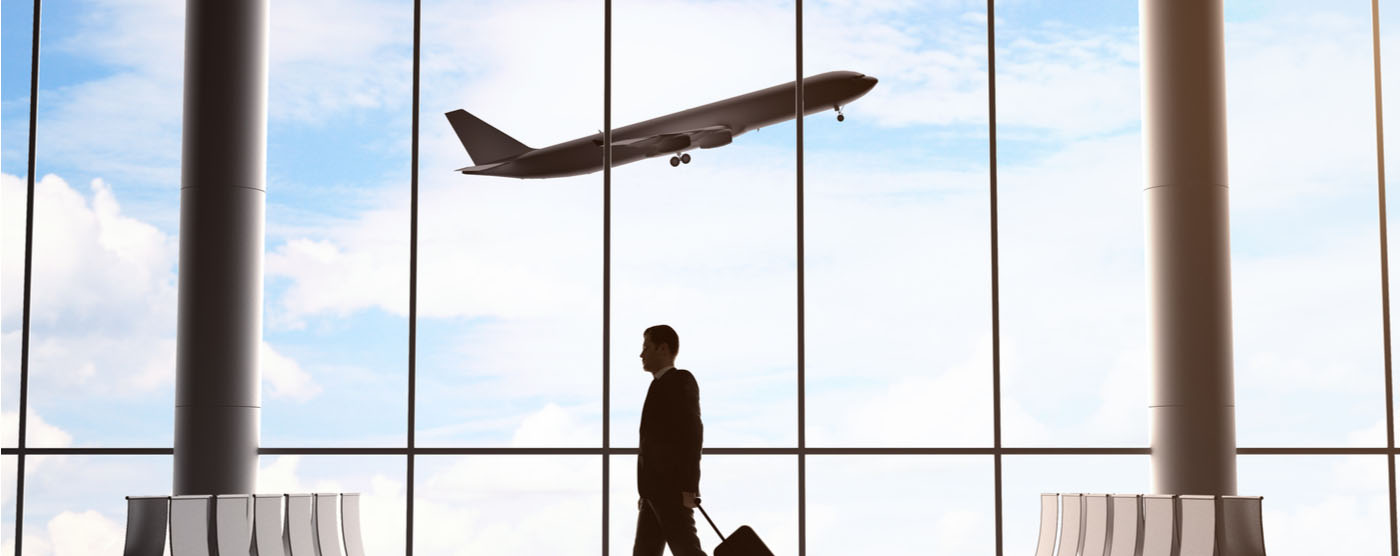TFRs: A Challenge Posed to the Airline Industry

If you are studying aviation or engineering in an institution such as Vaughn College of Aeronautics and Technology, you may be hearing the acronym “TFR” around campus, or even in the news. But what does “TFR” stand for? Very simply: “temporary flight restriction.” And recently, these seemingly temporary situations are occurring more frequently.
What is the purpose of a TFR?
A TFR is issued to clear and restrict an area of airspace for security or safety and it is a necessary part of aviation protocol. In fact, there are typically several TFRs in place every day across the National Airspace System (NAS). Some examples of why TFRs might be issued include:
- The movement of government VIPs such as the president or vice president
- Special events, including the Super Bowl, political conventions, and other occasions such as the United Nations General Assembly
- Natural disasters such as wildfires
The trouble resulting from TFRs is how they can wreak havoc on the aviation industry, ultimately making the friendly skies not so friendly.
Vaughn’s perspective
Dr. Maxine Lubner, professor and chair of the management department at Vaughn College, weighs in on the subject of TFRs and their impact. “Now more than ever, airport managers of our country’s smaller airports are facing more frequently occurring challenges due to TFRs,” she states. “We hope to see an improvement in TFR issuance by implementing a combination of revised procedures, technology applications and communication systems. I believe it’s time to revisit how TFRs are issued and used in light of the current impacts they are having on general aviation and the surrounding communities in a way that would both preserve security and business activity.”
Who’s feeling the greatest impact?
Smaller municipal and privately-owned airports are experiencing the greatest impacts―both on their runways and in their wallets―when it comes to VIP TFRs. Recent presidential movement in both New Jersey and Florida have crippled smaller airports surrounding President Trump’s visits, locking down runways and restricting flying within the duration of his stay.
New Jersey-based airports that include Morristown, Solberg and Somerset, and Lantana Airport in Florida, have seen recent significant financial impacts, not to mention restrictions on flights to and from LaGuardia Airport in New York and Palm Beach International Airport in Florida. Temporary flight restrictions create a no-fly zone within a 10-mile radius during the president’s entire stay, while looser regulations restrict air traffic within a 30-mile radius, thus impacting related-aviation businesses. Some of these affected businesses include:
- Flight training schools
- Aircraft parking and rentals
- Sky diving charters
- Balloon flights
- Fuel sales
- Maintenance
The loss of revenue is staggering. While some airports are reporting financial losses in the tens of thousands, some have stated their losses are upward of $800,000.
Relieving the financial strain
Although TFRs are here to stay, the question remains: What steps can be taken to relieve the financial strain of TFRs on smaller airports? The answer may not be an easy one, but state representatives and the Airport Cooperative Research Program (ACRP) are working on a solution.
To stay up-to-date on this and other related topics, visit the Industry News section on the Vaughn College website.

